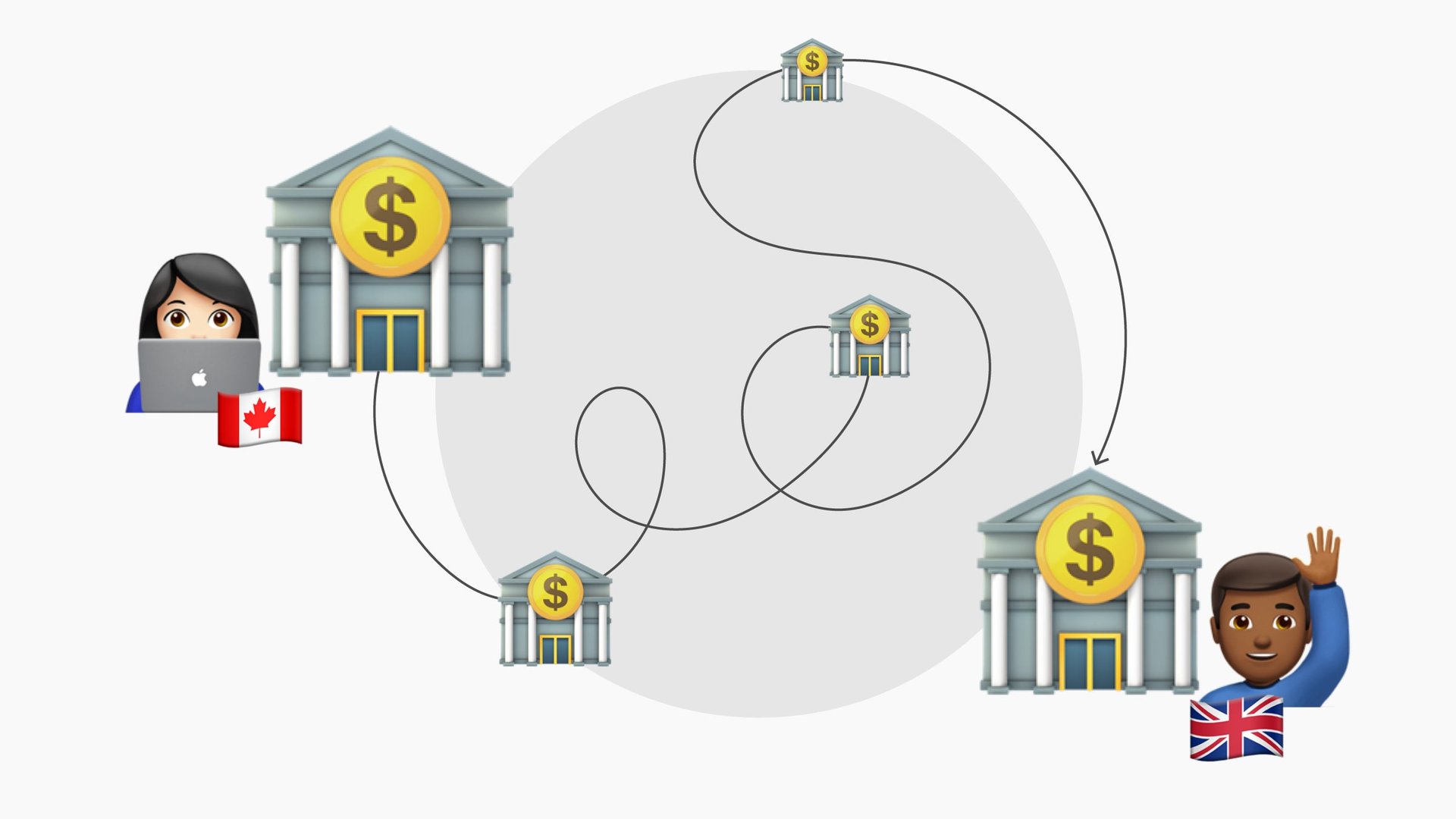A visual explainer of SWIFT, the global payments system now cut off to Russia
The Russian invasion of Ukraine has pushed the plumbing of financial transactions into the spotlight. Sanctions against Russia include a proposal to limit the country’s access to SWIFT, a platform for facilitating money transfers that is integrated into banking systems worldwide.


The Russian invasion of Ukraine has pushed the plumbing of financial transactions into the spotlight. Sanctions against Russia include a proposal to limit the country’s access to SWIFT, a platform for facilitating money transfers that is integrated into banking systems worldwide.
What is SWIFT?
SWIFT, which stands for the Society for Worldwide Interbank Financial Telecommunication, is a messaging system that allows banks around the globe to securely and quickly communicate about cross-border payments. It is widely used. There are about 11,000 member banks in 200 countries and territories that use SWIFT. In February 2022, the system sent 82 million messages.
SWIFT is controlled by the central banks of the G10 countries, the European Central Bank, and the National Bank of Belgium.
How does SWIFT work?
An important component of the SWIFT messaging system is the SWIFT code. Each bank that participates in the system is assigned this code, which identifies the bank, the country it’s in, where it’s located in the country, and, optionally, the branch.
Which banks will be banned from using SWIFT?
The European Union is discussing which Russian financial institutions to exclude from the SWIFT system. Under consideration are seven Russian banks, according to a draft list seen by Bloomberg. That list did not include Russia’s largest lender, which is part-owned by gas giant Gazprom. The seven banks are:
- VTB Bank
- Bank Rossiya
- Otkritie
- Novikombank
- Promsvyazbank
- Sovcombank
- VEB.RF
Limiting Russia’s access to SWIFT is one part of disconnecting it from the international financial system. However, SWIFT is not a payment or settlement system in itself. It is only the messaging system that enables those transfers.
Banks cut off from SWIFT could use other systems, like the SPFS system, established by the Russian central bank after the 2014 invasion of Crimea, or the CIPS network, created by the People’s Bank of China. Notably, international payments to Gazprom for Russian oil and gas are not made via SWIFT.